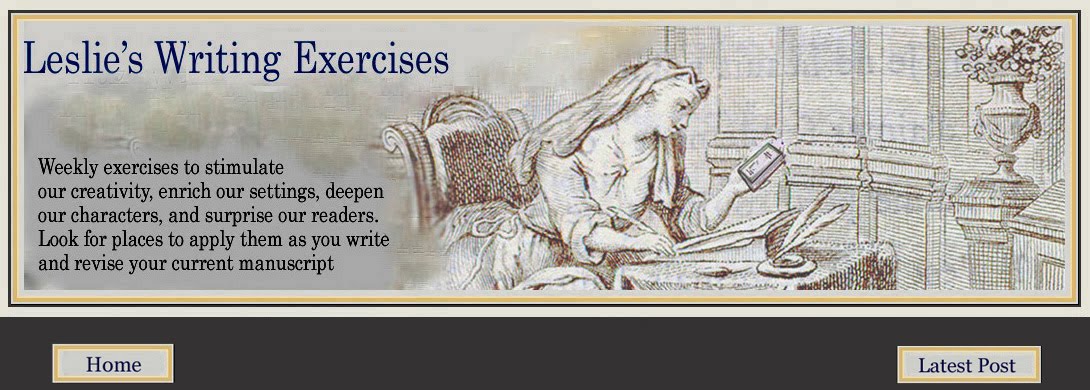***This post is the seventh in a series of eight exercises designed to take our short stories from rough draft to finished "masterpiece"(or as close as we can get ;-) with the help of the late John Gardner and a host of other well-known authors and teachers. Click here for Part I ***
Back in January I posted a piece on the importance of tension in writing fiction, but the topic is worth revisiting I think, especially now that we're in the process of reworking our short story "masterpieces." So, what are people referring to when they talk about tension in storytelling? I like this definition offered by the late Rust Hills, long-time fiction editor for Esquire magazine, and author of Writing in General and the Short Story in Particular:
Friday, October 15, 2010
Part VII: The Art of Delay--Creating Tension and Reader Anticipation
That “something” which is “going to happen” usually involves conflict of some kind, and the foreshadowing of that conflict is a key element in creating tension that works. “Conflict is the heartbeat of all writing,” says Lajos Egri, author of The Art of Dramatic Writing. “No conflict ever existed without first foreshadowing itself. Conflict is that titanic atomic energy whereby one explosion creates a chain of explosions”:
Says Hills, “As with every other discussion of method, of course, there has to be an amount of competence and care on the writer’s part, or the effect won’t be caused by the method.”
Our mentor, the late John Gardner, agrees:
So for every piece of delayed information we'll need to do three things: a) foreshadow the event so that the reader will anticipate its eventual coming; b), resolve or reveal the event or information at some point later in the story; and c) keep the tension taut throughout the story leading up to it, writing with such care, such rich language and startling accuracy of perception, that the reader can’t wait to skip ahead to the end, but is kept from doing so only by his own unwillingness to leave the gorgeous passages leading up to it.
John Gardner: The Art of Fiction
Lajos Egri: The Art of Dramatic Writing
Labels:
conflict,
foreshadowing,
John Gardner,
Lajos Egri,
Rust Hills,
short story,
tension
Subscribe to:
Post Comments (Atom)






No comments:
Post a Comment
Thanks for sharing your thoughts...